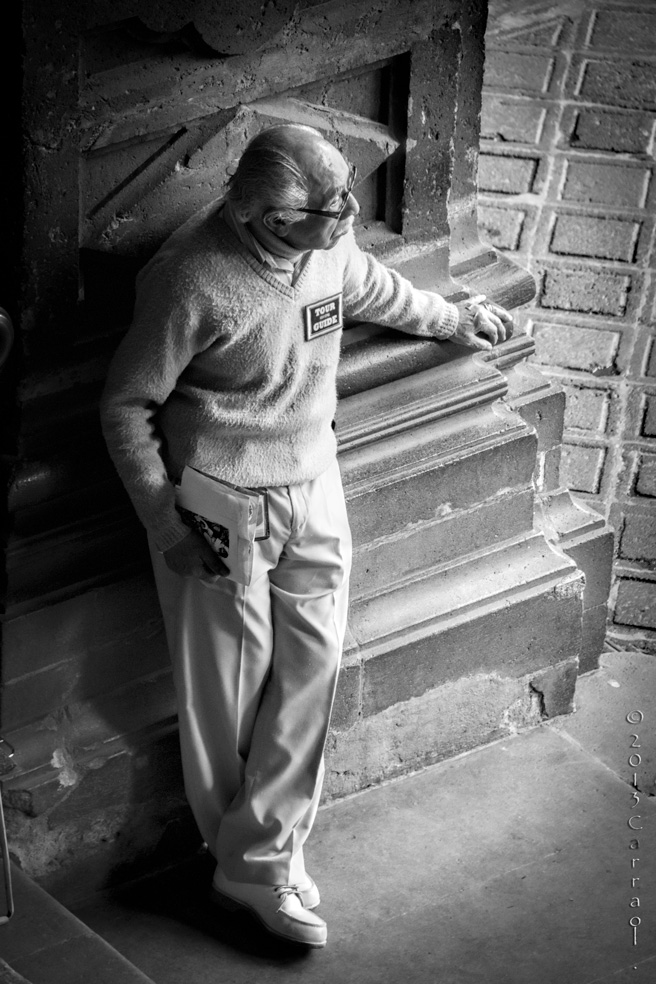The Magic of the Cities.
Zen promotes the rediscovery of the obvious, which is so often lost in its familiarity and simplicity. It sees the miraculous in the common and magic in our everyday surroundings. When we are not rushed, and our minds are unclouded by conceptualizations, a veil will sometimes drop, introducing the viewer to a world unseen since childhood. ~ John Greer
Showing posts with label tourists. Show all posts
Showing posts with label tourists. Show all posts
Tuesday, February 18, 2014
Teotihuacan I
Labels:
Avenue of The Dead,
Gods,
Mesoamerican city,
Our World Tuesday,
People,
pre-Columbian,
Pyramid of the Sun,
pyramids,
Teotihuacan,
tourists
Mexico City
State of Mexico, Mexico
Sunday, December 1, 2013
Xochimilco - Looking Out
 |
|
Xoloitzcuintle
/ Mexican hairless dog
|
Thursday, November 28, 2013
Rivera
Subscribe to:
Comments (Atom)




















